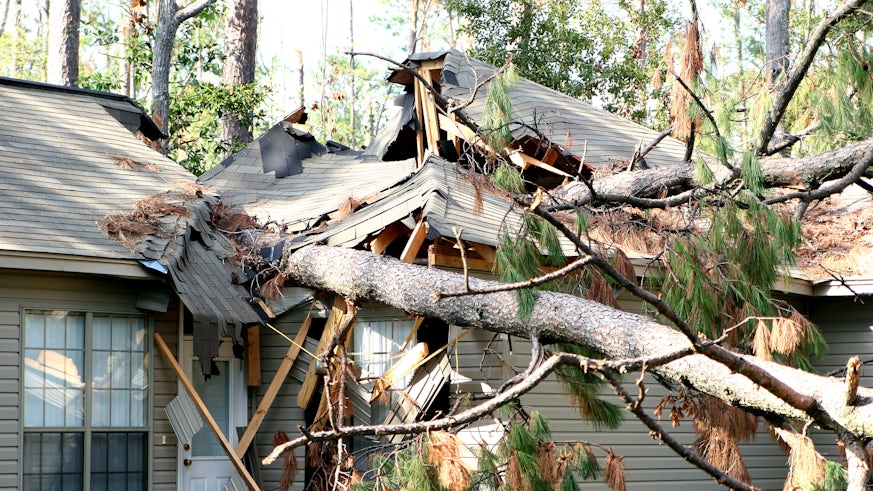House size increases after hurricane strikes
11 December 2018

Victims of hurricane strikes in the US are becoming more vulnerable to future disasters by re-building their homes bigger than before, research has suggested.
In a new study Cardiff University scientists have shown that in specific locations, houses hit by hurricanes are being replaced by new houses that in some areas are more than 50 per cent bigger.
This is despite decades of regulatory efforts in the US to dissuade people from building in coastal areas that are prone to hurricane strikes in order to decrease vulnerability.
The study, which has been published today in the journal Nature Sustainability, has identified a systematic pattern of “building back bigger” among both renovated and new properties in areas that have been hit by hurricanes.
The results were obtained from an analysis of satellite imagery in five locations on the US Atlantic and Gulf Coasts where one or more hurricanes had struck since 2003. The five locations, all identified as a Special Flood Hazard Area, had weathered six different hurricane systems between 2003 and 2012 and sustained damage from wind, storm surges and waves.
The areas were Mantoloking, New Jersey; Hatteras & Frisco, North Carolina; Santa Rosa Island, Florida; Dauphin Island, Alabama; and Bolivar, Texas.
In their study the team calculated the area taken up by individual residential buildings, which they called a building footprint, just before the last hurricane struck that area and then again in 2017.
The results showed that the mean footprint size across all five areas increased, from between 19% in Hatteras to 49% in Santa Rosa Island.
Additionally, brand new buildings built after a hurricane strike were also bigger than pre-existing buildings, increasing from 14 per cent in Mantoloking to 55 per cent in Santa Rosa Island.
Lead author of the research Dr Eli Lazarus said: “Other research has shown that a larger house is not necessarily better defended against hurricane impacts. The houses that tend to fare best in hurricanes are typically those set back from the beach on higher ground.”
According to the researchers, the increases in house size were larger than the US national average between 2002 and 2016, which stood at 14-16%.
“Homeowners who build bigger homes in areas that are susceptible to hurricane strikes are taking a huge risk. But our findings reflect what economists call a ‘moral hazard’, when the risk you take on is not fully yours, but is instead distributed among other people – for example, if your flood insurance is subsidized by other taxpayers,” Dr Lazarus continued.
With bigger and more expensive real-estate in disaster zones, the damages from disasters will keep increasing.
Co-author of the study Rosie Dodd completed this study as part of the Cardiff Undergraduate Research Opportunities Programme (CUROP), in which undergraduate students are offered a grant for up to eight weeks to take part in research projects with academic supervisors.
She said: “The Cardiff Undergraduate Research Opportunities Programme was a fantastic opportunity to be involved in the university research environment, and to be actively producing impactful findings such as those published by Dr Lazarus today. ”


